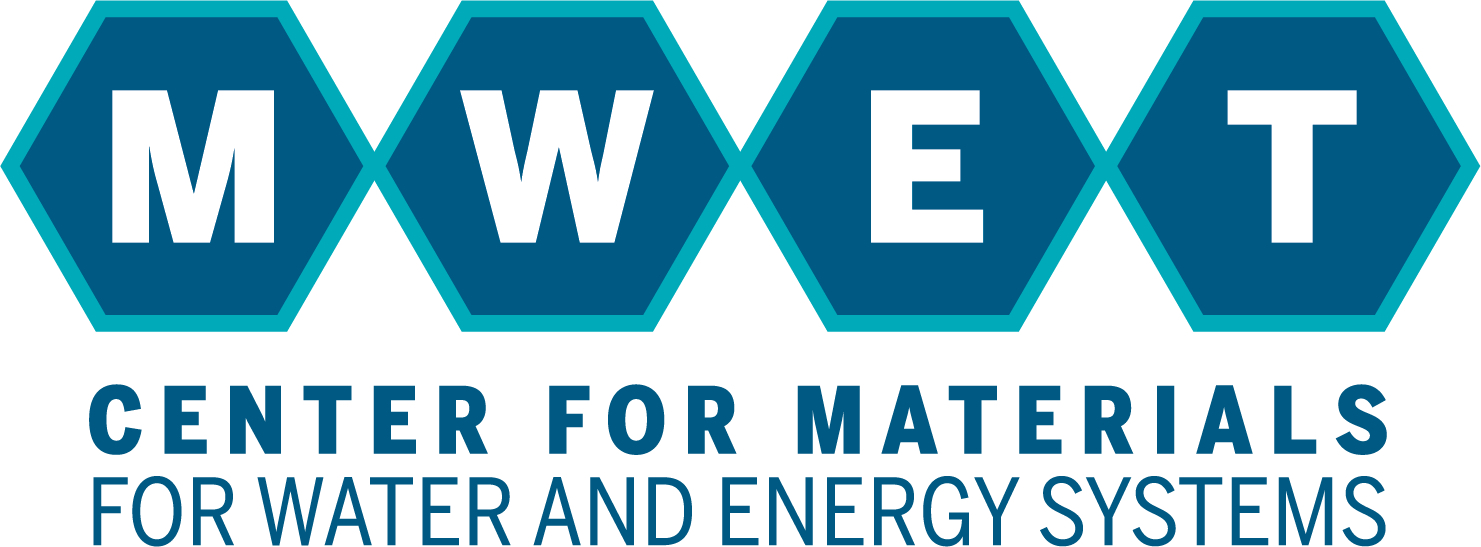Professor Kamcev will be attending via Zoom. Please join us in CPE 2.222 or https://utexas.zoom.us/j/8286857838.
Abstract
Due to their efficiency, small footprint, and ease of use, membrane-based technologies will play a key role in addressing our rapidly growing needs for clean water and energy. Ion-exchange membranes (IEMs), which are made from charged polymers, are integral in electrochemical technologies utilized in water purification (e.g., electrodialysis, membrane capacitive deionization) and energy generation/storage (e.g., reverse electrodialysis, electrolysis, fuel cells, flow batteries). The effectiveness of these technologies is contingent upon the selective and rapid permeation of ions through IEMs. However, like most synthetic membranes, IEMs are constrained by a trade-off between ion selectivity and conductivity. The first part of the presentation will introduce our recent modeling efforts in understanding the fundamental basis of the conductivity/ selectivity trade-off. Our findings indicate that the charge content of membranes most strongly influences the position of the upper bound line, which characterizes the best available combinations of conductivity and selectivity, while the water content controls the specific location of a membrane on this line. The second part of the presentation will introduce a novel framework for designing membranes with unparalleled charge contents and broadly adjustable water contents. The membranes developed via this approach demonstrate substantially higher combinations of conductivities and selectivities than current commercial IEMs. These advancements in membrane design could catalyze the adoption of electrochemical membrane-based technologies for energy and environmental applications.
Dr. Jovan Kamcev is an Assistant Professor of Chemical Engineering and Macromolecular Science & Engineering at the University of Michigan. Prior to joining the University of Michigan in Fall 2019, he completed his postdoctoral training in Chemistry at University of California, Berkeley under the guidance of Prof. Jeffrey Long. He earned his Ph.D. in Chemical Engineering in 2016 from The University of Texas at Austin under the guidance of Profs. Benny Freeman and Donald Paul. His research group focuses on developing structure/property relationships to guide the design of next-generation polymeric materials (e.g., membranes and sorbents) for water treatment, energy generation, and energy storage applications. He has been recognized with several awards including the DOE Early Career Award, NSF CAREER award, NAMS Young Membrane Scientist Award, and AIChE’s 35 Under 35 Award.

